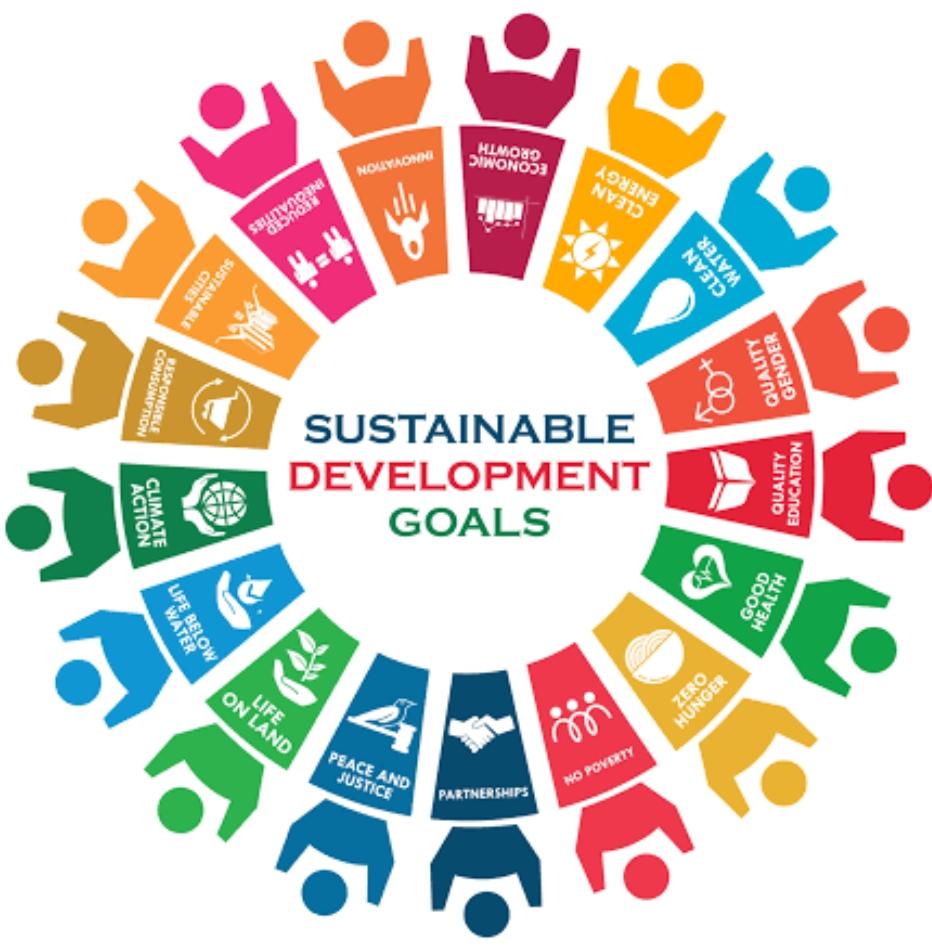Sustainable development has become the clarion call for the global community in the 21st century. The term “sustainability” refers to meeting the needs of the present without compromising the ability of future generations to meet their own needs. Recognizing the urgency of sustainability, the United Nations (UN) launched the Sustainable Development Goals (SDGs) in 2015 as a part of the 2030 Agenda for Sustainable Development. These 17 goals are an ambitious blueprint to achieve a better and more sustainable future for all. They address the global challenges we face, including those related to poverty, inequality, climate change, environmental degradation, peace, and justice.
The SDGs are a universal call to action, urging governments, private sectors, and civil society to work together towards building a prosperous, inclusive, and sustainable future. But what are the SDGs? How are they significant in shaping our world? And what steps must be taken to achieve these goals by 2030?
The SDGs are designed as interconnected goals, where progress in one area can drive success in others. Each goal addresses a specific issue, but they are all interdependent, reflecting the integrated nature of global challenges.

